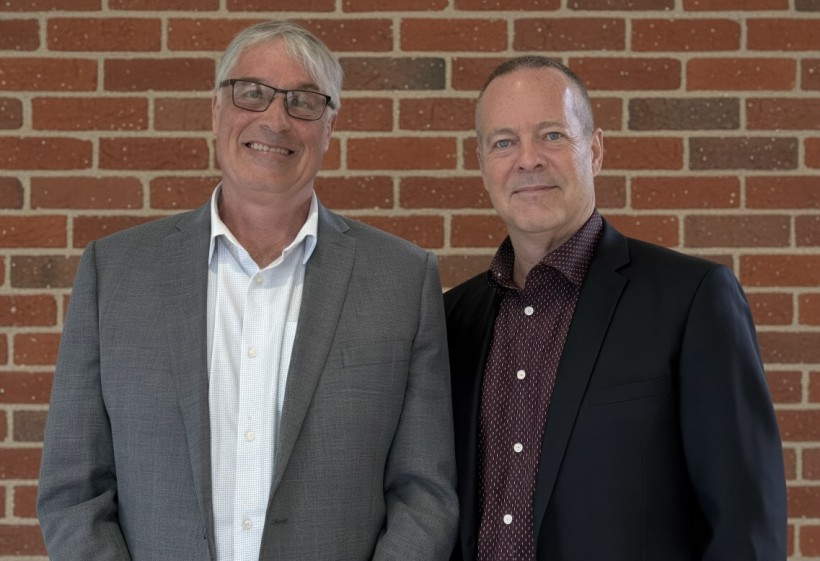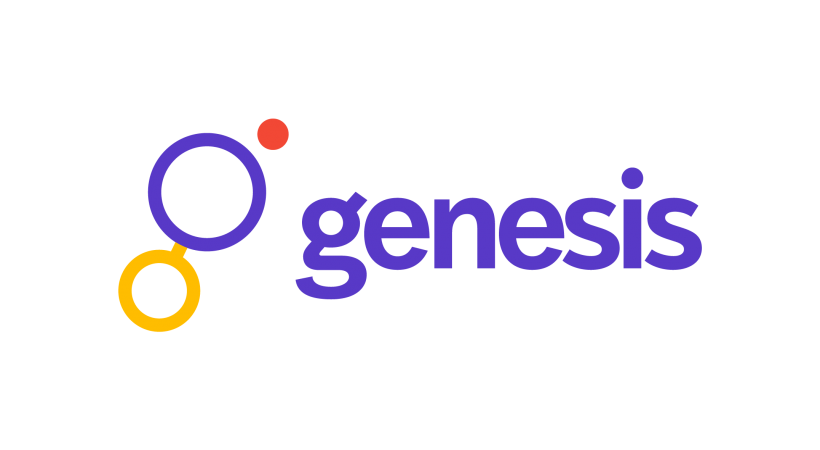A guy from Cape Breton Island has launched a war with both Google and Apple, and investors like Rupert Murdoch and Twitter have bet $85.4 million that he’ll win.
Kirt McMaster is gaining fame in the tech world as the CEO of Cyanogen Inc., a Palo Alto, Calif., company that is developing a new operating system for smartphones. There is now a duopoly in these operating systems as 90 percent or more of the smartphones in the world run off Apple’s iOS system or Google’s Android. McMaster, a former Dalhousie University student who grew up in Ben Eoin near Sydney, wants Cyanogen to join them, possibly exceed them.
“We’re building a platform that opens Android out,” said McMaster in a recent phone interview as he drove from Los Angeles to San Francisco. “On aggregate, we believe we can create something that is as powerful as the incumbents because our partners are more powerful than the incumbents.”
The task is absolutely staggering for Cyanogen, which has 96 employees and is valued at just over $1 billion. Google and Apple together employ more than 140,000 people and are valued at $1.1 trillion. They have a huge head start in a massive market. But there is such tremendous growth in that market, and Cyanogen’s partners are so powerful, that there’s an opportunity for a new competitor. McMaster colourfully tells the world that competitor will be Cyanogen.
“We’re putting a bullet through Google’s head,” he told Forbes magazine last month, showing he’s lost none of the Caper spirit since he left the region two decades ago.
Is it mere bluster? Probably not.
“Cyanogen is a very interesting company,” said David Crow, the co-founder of the StartupNorth website and co-lead of The Next Phase workshops in Atlantic Canada. He noted that the Android market is more than the slice that runs off the Google operating system. There’s also the non-Google Android market and Cyanogen is making waves in that portion.
“Cyanogen provides users, developers and companies a mobile operating system built on top of Android without a Google OS,” said Crow. “Who are these developers? Major developers like Microsoft, Twitter, Amazon, Facebook and others that compete with different Google services. Cyanogen is one of the leading companies because it offers a mobile platform for these companies to build new businesses and business models to reach new users in emerging markets.”
In the past few months, a parade of powerful players who don’t like the Google-Apple duopoly have fallen in line behind McMaster’s little company. The investors in the most recent $85.4 million investment round include: PremjiInvest, the investment arm of Azim Premji, India’s third-richest man; Twitter; mobile chip giant Qualcomm; Spanish telecom carrier Telefónica; media baron Rupert Murdoch, and Taiwanese electronics manufacturer Foxconn. That funding round was on top of $30 million the company had raised previously from some of the top Silicon Valley venture capital funds.
As well as the investors, Cyanogen has formed partnerships with some of the world’s leading tech companies. In April, Cyanogen and Microsoft Corp. announced a partnership to integrate popular Microsoft services across the Cyanogen operating system. The distribution arrangement includes such Microsoft favourites as Bing, Skype, Outlook, and Office.
What has attracted these mammoth partners is a six-year history of open-source innovation that gained a fervent following. In 2009, veteran programmer Steve Kondik began to tinker with Android (which is itself an open-source system) in an attempt to improve it. Soon he attracted a crowd and chatrooms were buzzing about the new platform called Cyanogen that could customize Android. Before long, 1 million people were using it.
In 2012, McMaster heard about the product, sought out Kondik and convinced him they should form a company. They did and McMaster became the CEO.
What they have now is a product that McMaster describes as “Android on steroids” – an alternative with more power, speed and features than the existing products. It’s a product that lets coders and hackers endlessly tinker with their phone to experiment and add features. But McMaster also wants a product that offers the general consumer greater speed, security and flexibility – an ability to easily add features to customize their phones.
He also believes the task before him is completely achievable. Tens of millions of people in 190 countries already use Cyanogen. The number of smartphones in the world is expected to grow from about 2 billion next year to 5 billion in the next few years. McMaster believes most of the growth will be in non-Google Android products. In fact, he predicts the non-Google Android market in a few years will be bigger than the entire smartphone market now.
Cyanogen plans to work closely with equipment makers and mobile network operators to expand the usage, and emerging markets will be key to the company’s growth. It’s no coincidence that so many of the investors have huge operations in emerging markets – Foxconn in greater China, Telefónica in Latin America and PremjiInvest in India. “Every quarter you’re going to see us roll out new features that are different than Android and Apple,” said McMaster.
He also believes his company will lead to a new breed of tech startup. “In time, a new class of startup will arrive on top of Cyanogen and that’s something that’s really exciting to me,” he said.
McMaster would not say how much capital he expects to need to fulfill his ambitions, but he did note the money raised by Chinese phone-maker Xiaomi, which databank TechCrunch says has raised a total of $1.6 billion. The message is clear: McMaster is just getting started.
In the near term, he wants to build up the company, focus on growth and hire some great people.
“The demand is high for awesome people, especially in the Valley,” he said. “The good news is there are very few places in the world that give you the opportunity to re-imagine the mobile computer. We’re re-imagining the whole industry and we’re doing it as a startup and we move very fast.”
All figures in this article are in US dollars.










